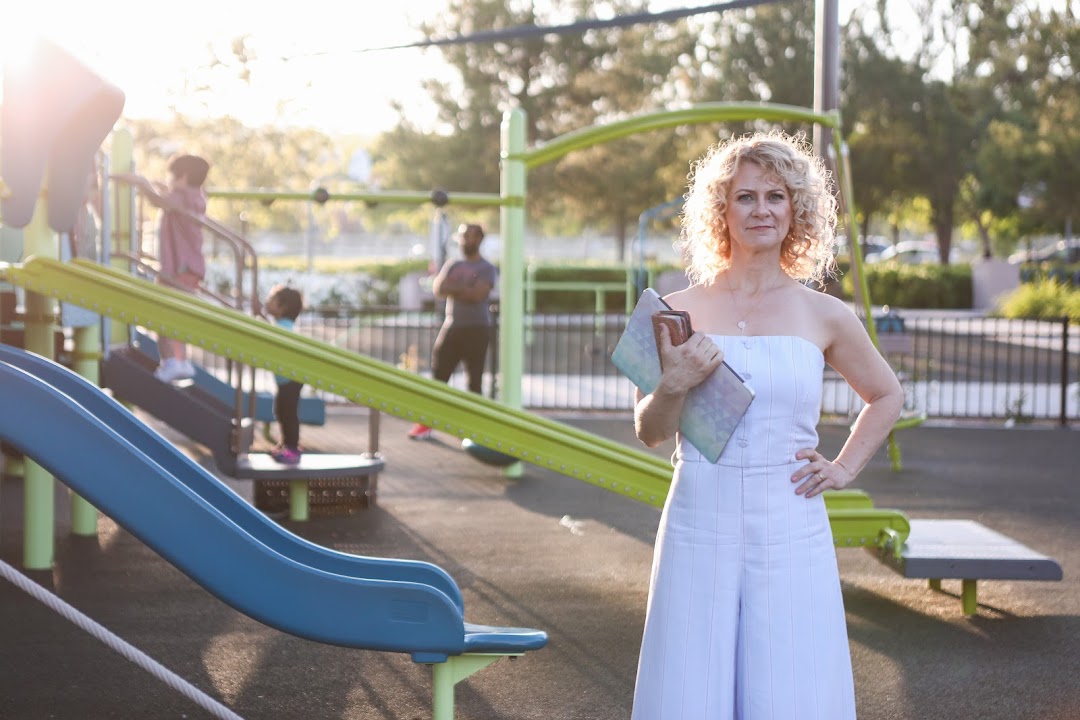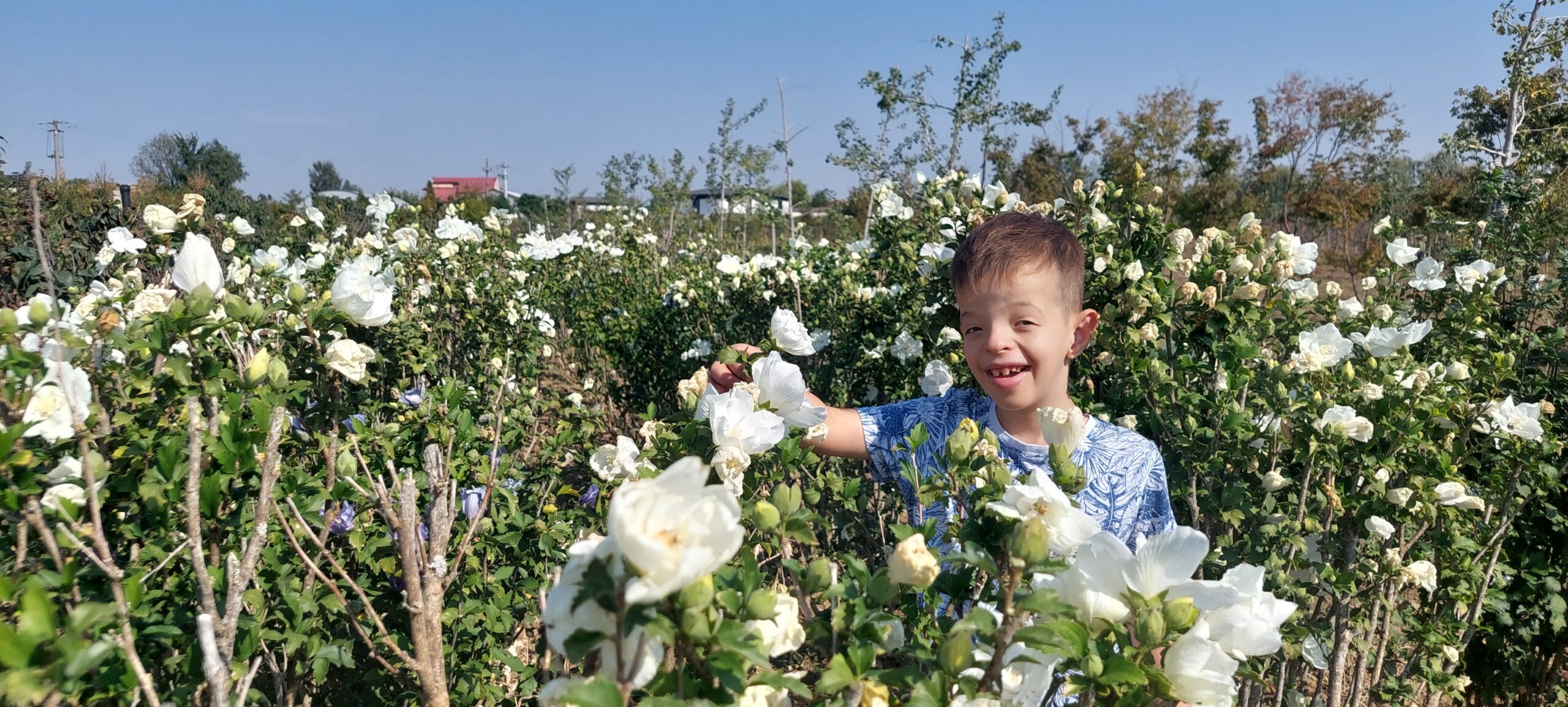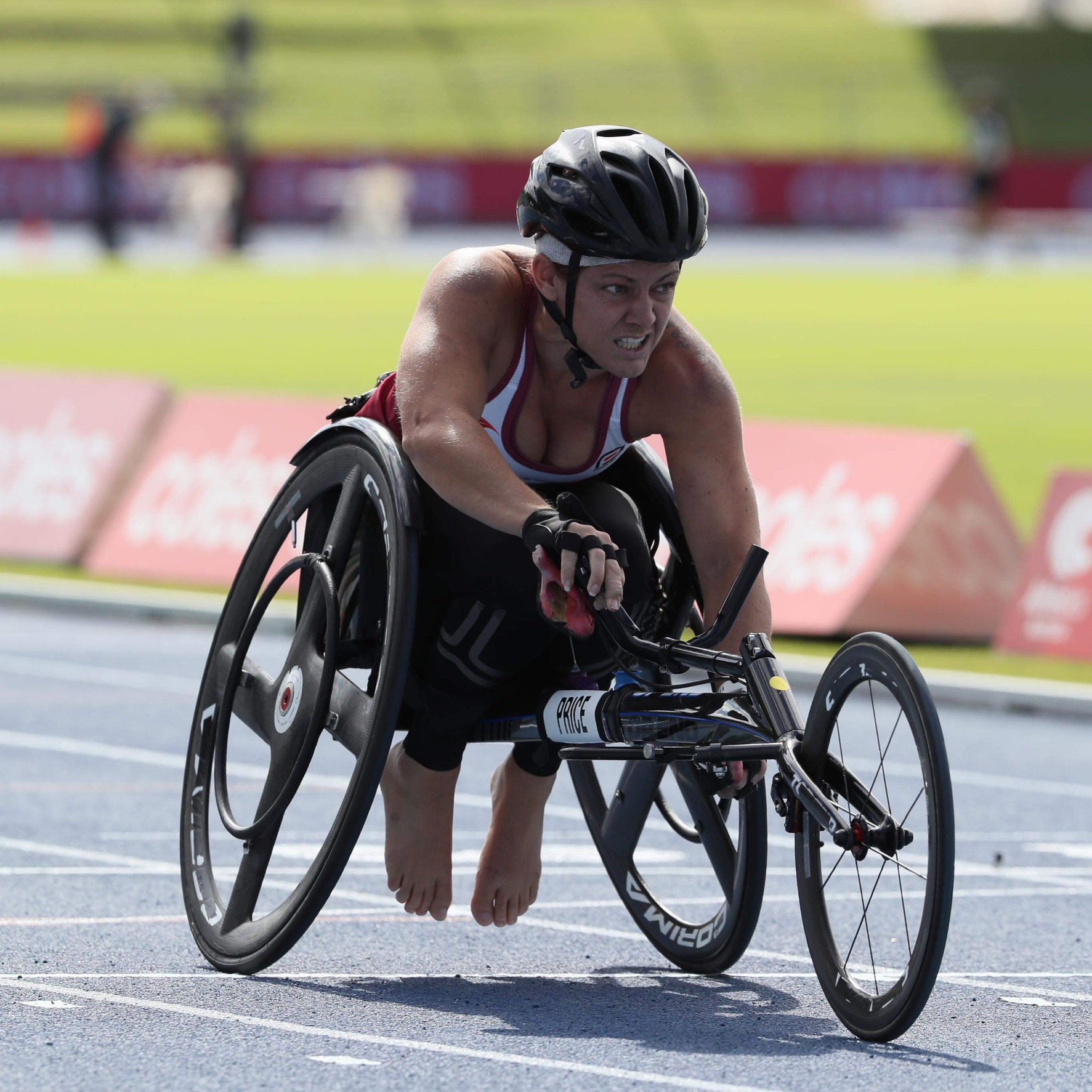Rare is many, rare is strong, rare is proud
Lara Chappell was in complete shock when her one-year-old son Pierre was diagnosed with a rare genetic disorder called Angelman Syndrome.
She’d been expressing concerns to multiple health professionals about her baby’s delayed development from the time he was five months old. “He wasn’t hitting milestones like turning over,” she tells This Is MedTech. Month after month, she was reassured that all was fine. “It was a typical story of a person with a rare disease,” she comments in hindsight.
Lara had also started noticing some physical characteristics that worried her. There was some unusual movement in one of Pierre’s eyes, and the back of his head was flat rather than round. “The ophthalmologist thought it was a vision issue and we had some very strong glasses made for him,” she says. Meanwhile, the search for answers continued. “I took him everywhere I could: to occupational therapists, physiotherapists, a neurologist, and then another neurologist.”
Finally, the second neurologist suggested genetic testing. This involved an analysis of a blood sample, which was sent to a laboratory where technicians used advanced medical technology to analyse Pierre’s chromosomes and DNA. Within three weeks, they discovered that he had Angelman Syndrome, a rare genetic and neurological disorder that’s characterised by severe developmental delay, intellectual disability, speech impairment, seizures and problems with movement and balance, among other symptoms.
“It was like the sky was falling on us,” recalls Lara. “At the time I didn’t know much about genetics, medical conditions or multi-doctor care. I had no idea that it could be so severe. But looking back, it was worse when we didn’t know what was going on. The diagnosis was so important because we were able to make a plan and organise the best care for Pierre.”
There are over 300 million people living with one or more of over 6,000 identified rare diseases around the world – 72% of which are genetic and 70% of which begin in childhood. The lack of scientific knowledge and quality information on the disease often results in a delayed diagnosis, as in Pierre’s case.
Lara and her husband drew a great deal of reassurance from other parents who were going through something similar. “Isolation is one of the biggest challenges that people with a rare disease can face. We were fortunate that there were established patient organisations for Angelman Syndrome,” she says.
Pierre is now 14 years old. Despite considerable challenges, Lara and her family choose to focus on the positive. “He has taught me compassion and patience, and what’s important in the world. He has a healthy 9-year-old brother and the best part of life is watching them interact.”
As serendipity would have it, Lara found a job that welcomes her family’s unique circumstances and allows her to give back. In her role as Communications Director for the patient advocacy organisation EURORDIS, she’s directly involved in the Rare Disease Day campaign. “Every Rare Disease Day morning, I enjoy telling Pierre that the spotlight is on him and he’s helping to promote a wider public understanding. I have the best job in the world!”






